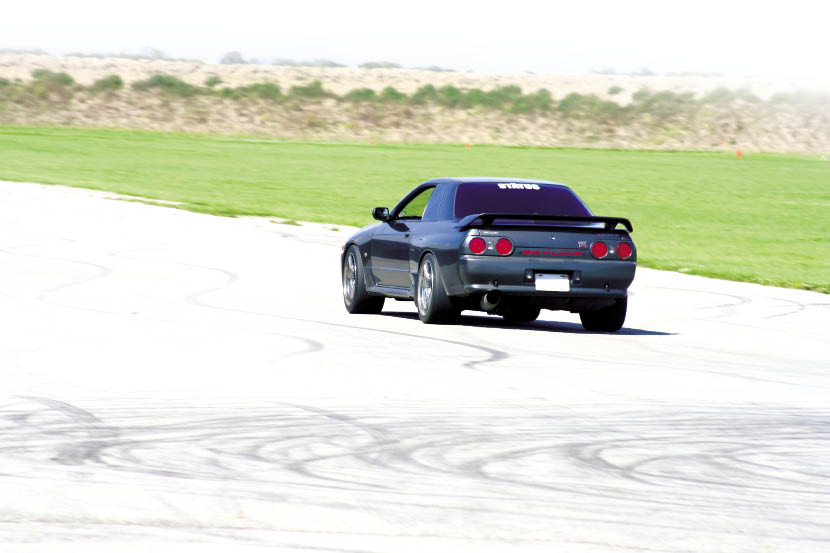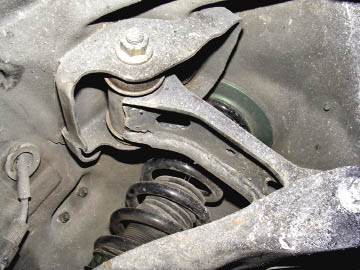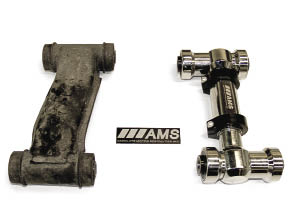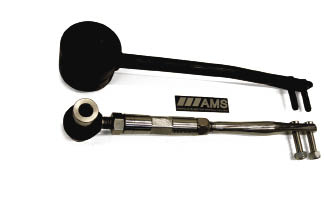When ya wanna go fast, you have to look at every nut and bolt on your car. Because when you are piloting a chunk of steel and composites at unreal speeds, you might want to have the most control possible. Stock suspensions are built for one thing - reliability. Sure some may be sportier than others, but the manufacturer doesn’t want to hear complaints of broken parts or noisy operation while these cars are still under warranty. They want them to last and not hear any moaning about warranty replacement.
After the warranty is up, well... it’s open season to rip everything out, drop a few dollars and let the aftermarket improve the handling characteristics of your car. The most popular upgrade today has always been lowering springs, with sway bars and coilovers closely behind. Often overlooked are the many suspension links that keep a car connected to the road. Many enthusiasts out there barely know what these parts do, let alone how to set them up correctly.
When upgrading suspension links, the main focus is on being able to take control of your settings. The factory parts often have little to no adjustability and usually have loads of play from the years of abuse.
Vuk Zivic over at Absolute Motor Specialties understands many older Nissans are still on the road and could use some links built to ISO9001 standards. Many Nissan suspensions share components, mainly the popular: Z32, R32 and S13 chassis. So all these links (with minor tweaks) are the exactly same.
The hot sellers according to Zivic are the Rear Upper Control Arms (RUCA). Many Nissans are lowered and that has altered the geometry causing too much camber wear. The handling becomes a bit more unpredictable. Or the owner wants to dial-in even more camber for aggressive applications. The AMS-designed RUCAs are mandrel bent tube welded to a bracket with extra gusset plates for strength. The active end features a stainless threaded stud, lock nut and a Heim joint for smooth operation. The whole piece is not only lighter than the pressed-steel original, but has less flex. The AMS RUCA is also adjustable with a range of up to 5-degrees of negative camber.
After a solid 25-30 laps on the track, the suspension is much tighter and GT-R just responds quicker as it dances around corners. Look for some fender-rolling and dumped ride-height soon!
Related Articles
 PASSWORD: JDM - Dry Carbon GT-R Parts
PASSWORD: JDM - Dry Carbon GT-R Parts
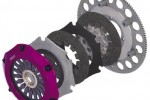 Project R32: Proper Exedy Racing Clutch Selection
Project R32: Proper Exedy Racing Clutch Selection
 Getting Hyphy: Calvin Wan's 1993 Mazda RX-7
Getting Hyphy: Calvin Wan's 1993 Mazda RX-7
 BIG BALLIN'
BIG BALLIN'
 Rugrat: Sean Driscoll's 2004 Scion xB
Rugrat: Sean Driscoll's 2004 Scion xB
 Rockford Fosgate T2500-1
Rockford Fosgate T2500-1



